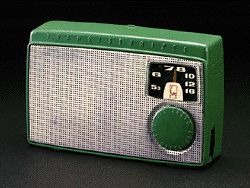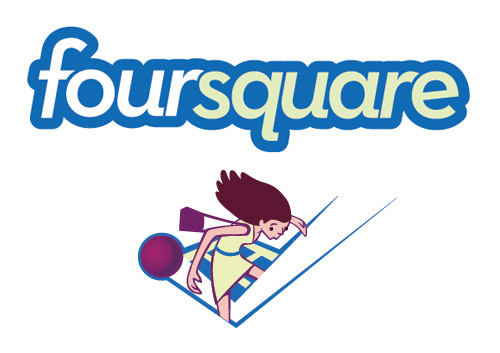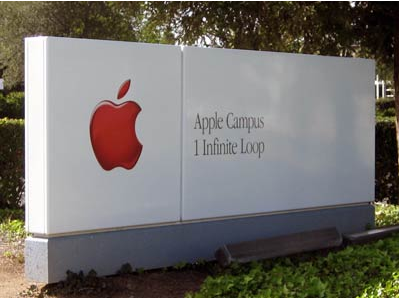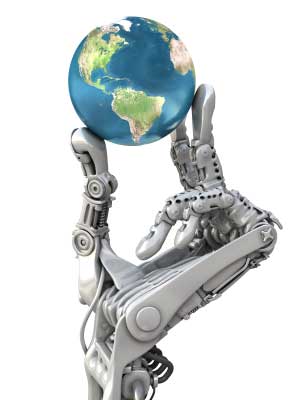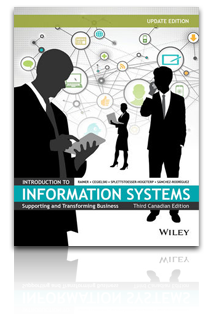Description: When the Ad:tech advertising technology conference hits New York next week, marketers, advertising agencies and recruiters may spend less time listening to the panelists and more time working the floor to find new employees.
Source: www.nytimes.com/
Date: Oct 30, 2011

A talent gap is growing between the skills that many new advertising jobs require and the number of people who have those skills. The dilemma, one familiar to many industries across the country, is particularly acute for jobs that require hard-core quantitative, mathematical and technical skills.
The talent pool, advertising technology company executives say, is not a deep one. And those who have the skills are in high demand, often fetching annual salaries that can reach $100,000. READ REST OF STORY
Questions for discussion:
- Why is there a talent gap growing between the skills that many new advertising jobs require and the number of people who have those skills?
2. How would one best attempt to acquire the skills needed in this industry?

